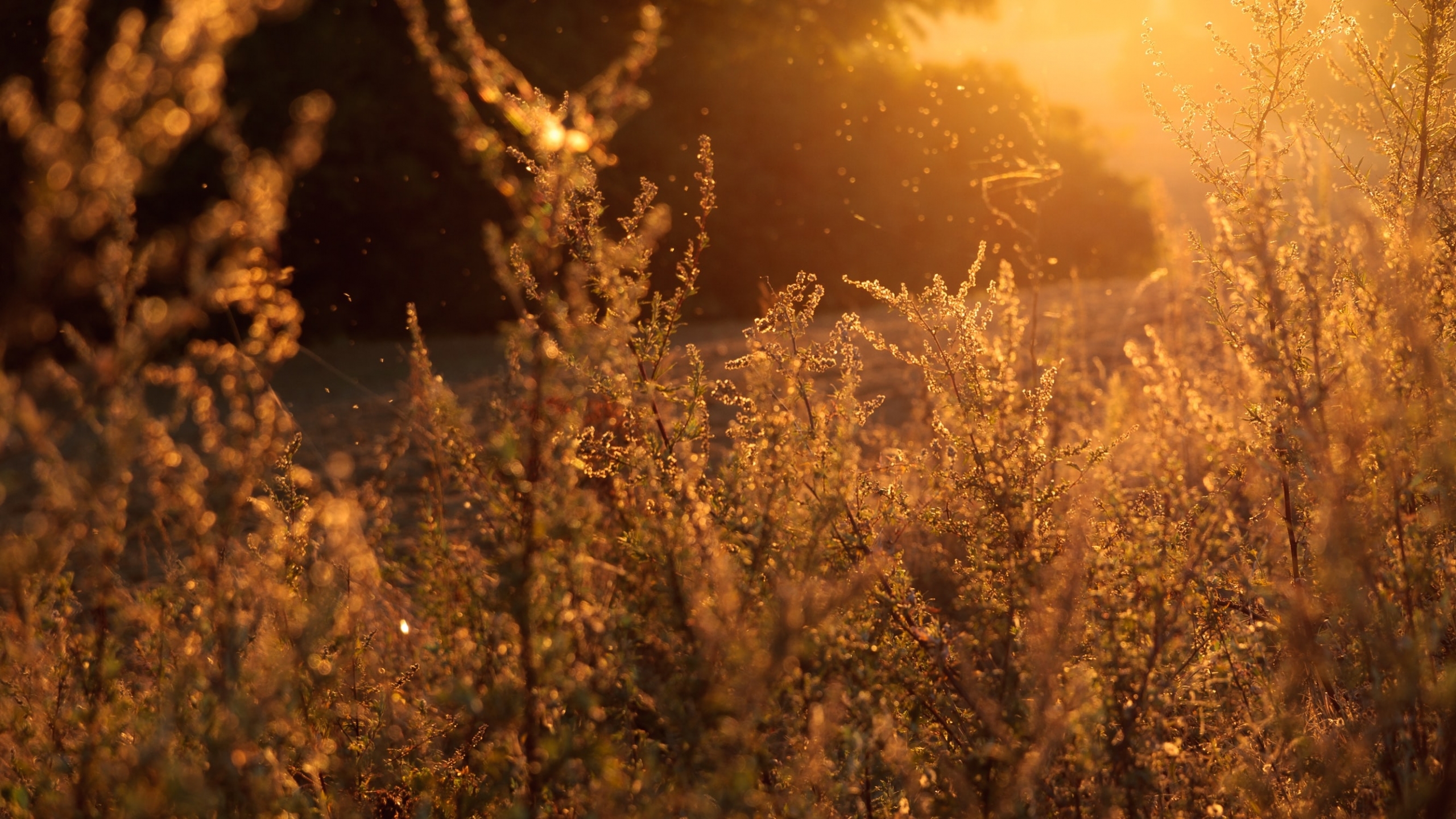The burden of rhinitis is nothing to sneeze at! Allergic rhinitis affects 10–20% of the population, and evidence suggests that the prevalence of the disorder is increasing. South of the border, Americans spend over $3 billion annually on prescribed antihistamines. Over the past 30 years, the prevalence of this condition has risen dramatically in industrialized countries, with England, Sweden, and Australia reporting a doubling in rate. This is a trend similar to that which is witnessed with other allergic conditions such as eczema and asthma.
While this disease is not life-threatening, it is definitely life-altering and, if left uncontrolled, allergic rhinitis can seriously impair a person’s quality of life. Research shows that allergic rhinitis interferes with a person’s ability to learn and perform tasks and results in ten million lost days of school or work every year (in the U.S.). Depending on the individual, allergy season will begin in early spring and last through to the first major frost of autumn. So depending on where you live in Canada, you could suffer with allergies from March to November every year.
Allergic rhinitis literally means “allergic nose inflammation.” Rhino means “to do with the nose” and “-itis” simply refers to inflammation. Allergic rhinitis is further defined as an inflammation of the nasal mucosa which is triggered by an allergic reaction. People with a family history of allergies are more likely to develop allergic rhinitis, particularly those individuals with other atopic (allergy-related) conditions, such as eczema and asthma. The onset of allergic rhinitis is common in childhood, adolescence, and the early adult years. Though the average age of allergic rhinitis onset is 8-11 years, it may occur at any age. In 80% of cases, allergic rhinitis develops by 20 years of age. Allergic rhinitis occurs in all races and in both genders (though more common in boys during childhood).
Symptoms of allergic rhinitis include:
– itching of the nose, mouth/palate, eyes, throat, skin, or ears
– clear runny nose (rhinitis)
– impaired sense of smell
– sneezing (may be frequent, prolonged and violent)
– nasal congestion
– increased tearing
– post-nasal drip
– wheezing
– persistent cough (often rattling)
– sore throat
– crease across the top of the nose from constant wiping
– dark circles under eyes
– edematous nasal mucosa (usually pale or violet in colour)
SEASONAL AND PERENNIAL RHINITIS
There are two categories of allergic rhinitis: seasonal and perennial. Seasonal allergic rhinitis (SAR) is commonly known as “hay fever.” Despite its name, hay fever is almost never caused by hay and this medical condition does not cause an elevation in body temperature. The term “hay fever” originated in England in the early 1800s when doctors noticed that some rural residents experienced sneezing, itchy eyes and coughing after being exposed to cut hay or grass. This condition was also dubbed a “fever” because it caused nervousness which is one of the old English definitions of fever.
In seasonal allergic rhinitis (SAR), an allergen initiates symptoms around the same time each year. Spring attacks are usually due to tree pollen. Grass pollens dominate in the summer and weed pollens in the autumn. Most people with allergic rhinitis are sensitive to more than one allergen. On the other hand, perennial allergic rhinitis (PAR) occurs year-round. This condition is most common in people with allergies all year round. Naturally, people who are allergic to house dust mites or their own pets tend to suffer regardless of the season.
SAR is distinguished from PAR by determining whether the allergic rhinitis is present during the same time every year. Moreover, while SAR induces red eyes, perennial rhinitis tends to ignore the eye area. SAR can also cause a minor blockage of the ears. Additional symptoms of allergic rhinitis include headache, irritability, loss of sleep and fatigue. Unfortunately, the above symptoms interfere with cognitive tasks, therefore impairing work performance and resulting in work absences.
CHINESE HERBAL MEDICINE
As a result of modern medicine’s inability to provide an effective long-term treatment for allergic rhinitis, many sufferers turn to Chinese medicine, which offers both immediate and lasting results.
Chinese Herbal Medicine
Chinese Herbal Medicine is one of the most sophisticated herbal medicine systems in the world. Typically, combinations of 10-16 ingredients are used in formulas correlated to an individual’s pattern of disharmony. The formulas are crafted together to act synergistically and every ingredient is designed to accomplish a part of the overall process of restoring balance.
Chinese herbs include roots, barks, fruits, berries, twigs, stems, leaves and flowers from the plant kingdom. As well, Chinese herbs may also encompass ingredients from the animal and mineral kingdoms. Chinese herbal medicine is great for both the preventive and remedial treatment of illnesses. There are a number of formulas that have been used by Chinese doctors for 2,000 years. Preventive herbal formulas may be used to treat acute symptoms of allergic rhinitis as well as for the prevention of onset prior to allergy season. The dosage and type of formula is modified as the person’s illness changes.
There are a number of ways that Chinese herbal medicine can be dispensed for children. There are pills, powders, tinctures and teas. In clinical practice I prefer to use the traditional method of tea decocted from raw herbs. When prescribed and dispensed by a qualified practitioner of TCM, Chinese herbal medicine is safe with no side effects.
Over the last 23 years I have discovered effecting ways of treating allergic rhinitis in my clinical practice based on classical formulas.
I assert that the traditional protocols taught in TCM colleges neglect the fundamental importance of clearing heat. This theory was developed as a result of my own clinical experience which found that patients with allergic rhinitis usually (if not always) possess an underlying “hot” constitution. The observation of this underlying constitution led me to be very hesitant when it came to applying the most common “textbook” treatments. As a result, I continued to search for an effective treatment which was influenced by Dr. Zhu who is an ear, nose and throat specialist in Hangzhou, China. Ultimately, this approach to treating allergic rhinitis often achieves satisfactory results in a very short period of time. Please note that, in stubborn or severe cases, I also rely on the use of acupuncture and/or external herbal nose drops for symptomatic relief.
In treatment of acute allergic rhinitis, heat and phlegm / dampness are two key elements that must be addressed. The “hot” constitution experienced in my allergic rhinitis patients brought me to the conclusion that clearing heat was important. As I delved further into this notion using the theories of Chinese medicine, I found support for my theory.
As mentioned earlier, patients with allergic rhinitis often experience a history of other atopic diseases, such as urticaria, asthma, and/or eczema. In clinical practice, these conditions (especially eczema and asthma) typically manifest with an accompanying element of heat.
Concerning children, heat patterns are increasingly evident due to their “pure yang constitution,” causing depression to transform into heat more easily. Moreover, heat patterns in general (for most diseases) are commonly found in the Western i.e. modern patient population due to diet, lifestyle, and stress. Ultimately, the age of the patients who commonly suffer from allergic rhinitis is of fundamental importance when considering the dispelling of heat. For instance, the prevalence of allergic rhinitis has been reported to be as high as 40% in children (who have more yang) and less likely in the elderly. This observation is very simplistic, yet its importance must not be disregarded.
Phlegm-dampness is also a key component of allergic rhinitis. Pathological fluid is also a key component of both asthma (phlegm) and eczema (dampness). There are two statements of fact in Chinese medicine that are important to consider when treating allergic rhinitis: “In children, the spleen is insufficient,” and, “The spleen is the source of phlegm production.” Phlegm and dampness are key components of many childhood diseases. In relation to adults, the spleen is often weak due to an improper diet and lack of physical exercise. Although phlegm-dampness is not mentioned as a distinct pattern of allergic rhinitis in textbooks, many TCM practitioners believe that allergic rhinitis (like asthma) does not exist without “hidden phlegm.”
All Chinese medical practitioners concur that, if you have allergic rhinitis, you also have weakened defensive qi. This weakness of the body’s defensive qi or weak immunity allows for an external pathogen to enter the body. Therefore, an individual with allergic rhinitis presents a mixed vacuity-repletion presentation. To treat this disease you must address both mixed vacuity-repletion simultaneously. What follows is one case example of how a child with severe allergic rhinitis was successfully treated by combining the TCM theories of clearing heat, resolving dampness, supplementing the qi and securing the exterior at the same time as addressing the main symptoms:
Patient: Jason, age 15.
Main complaint: Severe seasonal allergic rhinitis for the last three years.
The patient presented the following hay fever symptoms: itchy watery eyes (he continuously rubbed his eyes during the visit), runny nose, nasal congestion, itchy throat, sneezing, coughing, and nosebleeds. These symptoms severely affected his sleep and daily activities (especially his school work). Kevin was taking prescription medications internally as well as a nasal spray and eye drops prior to the initial visit but experienced limited success. This patient also had a history of other atopic diseases including urticaria and eczema. In addition, David was diagnosed with obsessive compulsive disorder in 2002 but was not currently taking any medication. The patient also had abdominal pain and cramping, bowel movements every other day, excessive weight, and a history of neck and back pain (effectively treated by massage therapy). His pulse was slippery and his tongue was pale and swollen with red dots on the sides and tip.
Diagnosis: Phlegm-dampness and heat obstructing the nose and an underlying spleen-lung (defensive) qi vacuity.
Treatment: Clear heat and resolve phlegm-dampness, dispel wind and open the nose, supplement the spleen and lungs.
Results: The patient was prescribed a customized Chinese herbal formula and within three days, the patient’s allergic rhinitis symptoms were reduced by 50%. He had regular bowel movements and no abdominal discomfort. After three weeks of treatment, Kevin’s condition was resolved completely. Follow-up one year later showed no significant recurrence
Visit Rob Helmer TCM, in the clinic or call to book your appointment.

